On Monday morning, a new An Bord Pleanála hearing into Dublin’s metro underground rail line will open, 15 years after the last such hearing. The €9.5 billion MetroLink would run from north of Swords to Dublin Airport, then on to Ballymun, Glasnevin, O’Connell Street and St Stephen’s Green before terminating at Charlemont Street, with 16 stations in all.
More than 120 of the 318 parties who made submissions on the application intend to address the latest hearing, including residents and businesses affected by the route, politicians, campaign groups, heritage bodies and State agencies. Here we outline the 10 places where the most impact will be felt in the years ahead in making way for the long-awaited piece of transport infrastructure in the capital.
Smyths Toy Superstores Swords – demolition
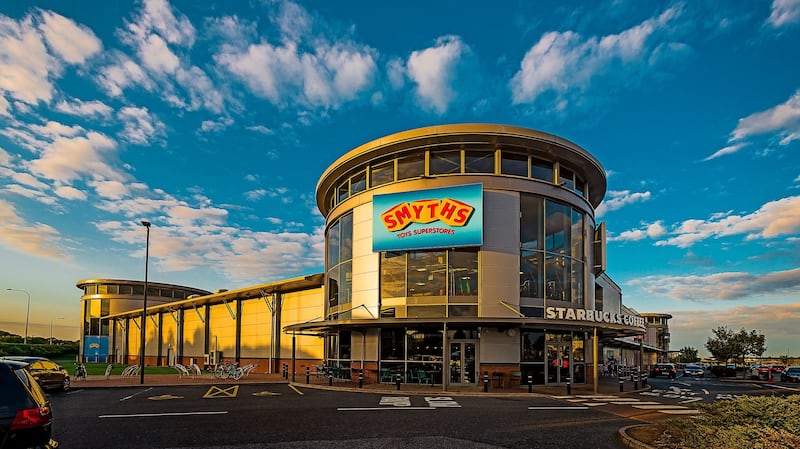
Submission says: The building in the Airside Retail Park is designated for demolition and Smyths says the loss of the toy shop “would be significant given the expected population growth in the area”, especially of the “young population”. TII [Transport Infrastructure Ireland] had not identified any alternative location for the shop, the company says, nor had Smyths itself, and it was “very concerned that it will not be feasible to find an alternative location” which is as convenient as this one in terms of accessibility for customers. In addition to providing retail floor space, the current premises also provides office accommodation for eight head office staff, the company says. “In the absence of the identification of an alternative site for the proposed demolition of the Smyths Toys Superstores, the proposed Railway Order is deficient and should not be confirmed”.
[ Long-delayed MetroLink can get planning permission this year, Eamon Ryan insistsOpens in new window ]
TII says: This is a “significant and regrettable impact”, but necessary to avoid additional utility diversions, impacts on R132 traffic for approximately five years, “poor urban integration of the station” and a track alignment that would require a speed restriction. The owners were entitled to make a claim for compensation, but TII was not required to source a new location for the shop, it says.
READ MORE
Hedigans Brian Boru pub - demolition
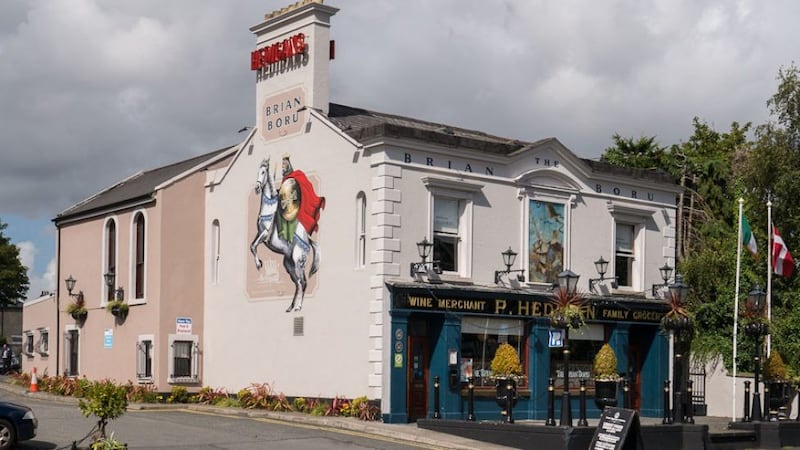
Submission says: The 200-year-old pub close to the Royal Canal on the border of Phibsborough and Glasnevin has been in the Hedigan family since 1906. It makes an appearance in James Joyce’s Ulysses and “contains high-quality works including the existing signage at front elevation”, owners Michael and Peter Hedigan say. “The demolition of the premises will thus remove a building noted for its heritage and connection to the local area.” It would also deprive them of their livelihood. The brothers did themselves twice apply for planning permission for the substantial demolition of the building and its replacement with apartments and a new pub. However, they note that in refusing permission, An Bord Pleanála said the pub was “of some architectural and streetscape value, as well as literary associations” and demolition “has not been justified”. Thus, the structure is considered to be of historic value and should not be subject to a demolition, the brothers argue.
TII says: This is a “significant and regrettable impact” but one “necessary to accommodate the construction of Glasnevin Station that will provide a key interchange between MetroLink and Irish Rail services”. The National Inventory of Architectural Heritage (NIAH) gives the pub a rating of “medium” in terms of its architectural heritage merit, TII says, but prior to demolition, the building will be recorded to English Heritage Level 3 standard, a recognised conservation standard for preserving information on buildings.
The Mater hospital – disturbance
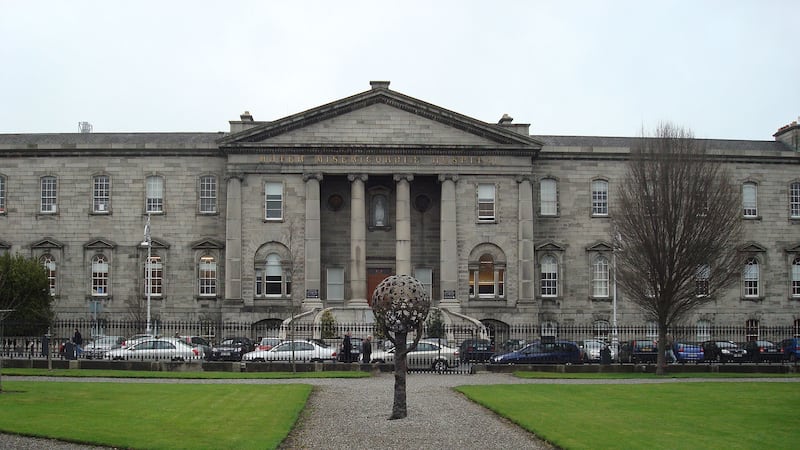
Submission says: The Mater is “broadly supportive of the proposed MetroLink project”, which it says “has potential benefits for the hospital and its patients”. However, it remains concerned about potential impacts on the hospital’s operations “both during construction and operation of the proposed project”. Parts of the hospital date from the 1860s. “The relevant wing of the hospital that will be most impacted by TIl’s works is known as the Misericordiae wing, a protected structure. It is thus particularly sensitive to impacts from construction works.” There is also a significant amount of sensitive and highly calibrated equipment throughout the hospital, and the buildings are operating at capacity it says.
[ Before Metrolink juggernaut becomes a money pit, let’s look at alternativesOpens in new window ]
TII says: TII and its consultants have undertaken surveys of the hospital building and discussed the operation of the hospital with the hospital managers in order to ensure that appropriate mitigation can be put in place during the construction phase. Specific measures will maintain noise limits within acceptable levels, and to manage the risk of dust and “Aspergillus” [mould]. In the case of noise, this will involve the sealing of windows to the upper floors or for people to be relocated. “The architectural heritage importance of the Mater hospital is acknowledged,” TII says. The impact of construction of the Mater station in front of the protected structure would be “medium”, but because its architectural heritage value is high, the resulting impact is thus assessed to be “very significant”. “On completion of the works, the impact will be ‘not significant’.”
Four Masters Memorial Park - disturbance
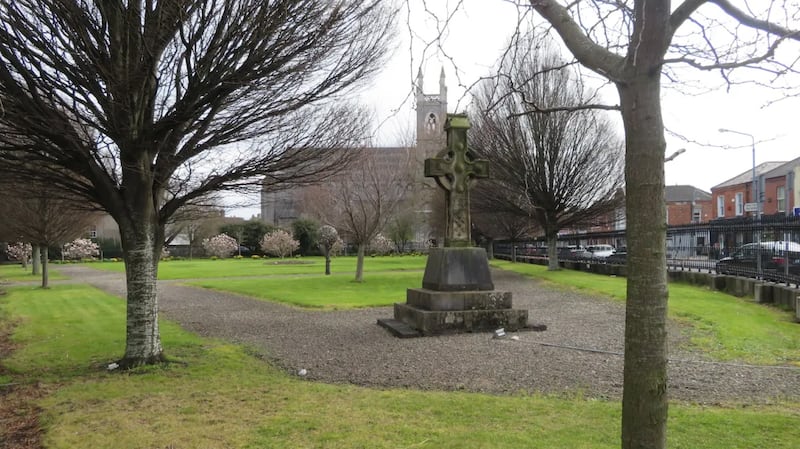
Submissions say: The Mater, which owns the park, and local residents, have raised concerns about locating a station beneath this small park between Berkeley Road and Eccles Street. The Mater says there is “little or no recognition in the application documentation as to the historical import of this park” or that the park is used by the Mater periodically for the benefit of the hospital and its patients “for symbolic and historical Hospital occasions”. The hospital had believed the park was to be temporarily acquired. “The necessity for a permanent acquisition has not been explained in the application documentation,” it says. Residents have objected to the removal of historic railings and sculptures and the use of “hard landscaping” to accommodate the station.
TII says: It is envisaged the park will be reinstated upon completion of works, “albeit with modifications to landscaping and alignment”. There will be permanent changes to the park, but TII says the “Mater station architecture has been designed to integrate with the park sympathetically, with the station skylights framed by planting and providing circulation routes through the park”. Existing monuments and protected railings will also be retained and located within the park. “As a result, no significant long-term impact is predicted on amenity”, but TII concedes “the impact is significant during the construction phase”. Following the work there will be an “improved park to the wider public who will be able to fully avail of its extraordinary amenity value”.
Rotunda and the Ambassador and Gate Theatre - disturbance
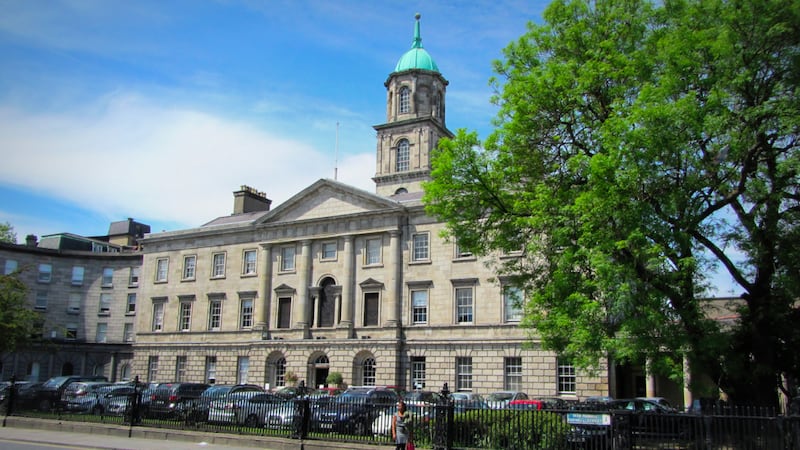
Submissions say: The hospital owns all three historic properties, the hospital, Ambassador and Gate Theatre, which date from 1745. The hospital, founded by Bartholomew Mosse, was the first maternity hospital in the world, with the adjoining buildings used as events spaces to raise money for the hospital. The hospital is concerned about the impact of tunnelling under the historic protected structures and also notes it has its own “major plans for the development of the hospital property at Parnell Square”. Millennium Theatre Company operates the Ambassador and is planning for its reopening after several years of closure. It is concerned the tunnels will have “significant adverse impacts on buildings and on the provision of services at the Ambassador”.
TII says: Noise levels affecting the buildings on the Rotunda campus property will “generally be below the construction noise threshold level” and have been deemed “not significant”. “There is an exception to this for the Rotunda Hospital, that occurs during the short-term demolition works”, where noise values would be “moderate to significant” in impact. “As a result, noise mitigation will be implemented.” Following the completion of the tunnel, “there will be no long-term issues with the Rotunda hospital developing its land”. The main impact from the tunnel is “potential settlement during its construction together with the imposition of constraints on the design of structures above the completed tunnel”.
43-45, 52-54 and 57-58 O’Connell Street Upper, including the Carlton Cinema – demolition with facades retained
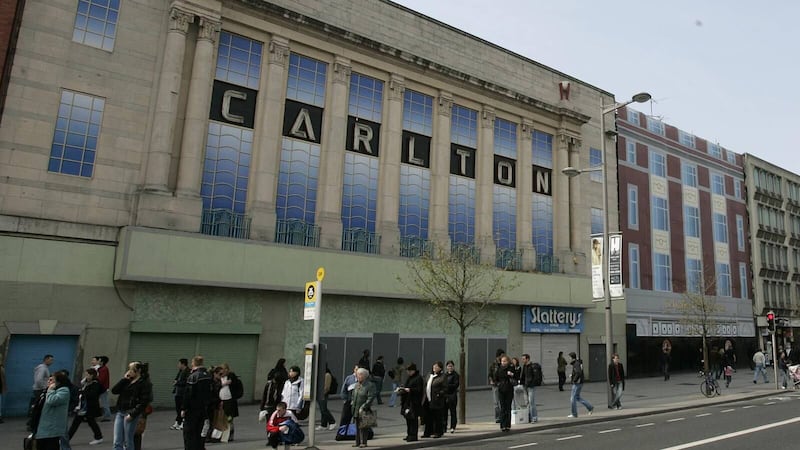
Submissions say: Several members of the public have objected to the demolition of these largely neoclassical 1930s buildings, particularly the old Carlton Cinema, which closed 30 years ago, to accommodate an underground station on the west side of O’Connell Street. While their facades are being retained, submissions noted many internal architectural features remained intact and would be destroyed by the work. UK property group Hammerson, trading as Dublin Central GP, which is developing these lands as part of its wider O’Connell Street/Moore Street development, says it is supportive of the MetroLink project.
TII says: It “carefully considered” alternatives, but “unfortunately, due to the available land, combined with the construction challenges associated with providing O’Connell Street Station, there is no means of retaining the Carlton Cinema structure”. It was retaining the facade “in recognition that the property is on the Dublin City Record of Protected Structures”. Prior to the demolition, the building “is to be recorded to English Heritage level 3″. The retention of the other facades would “maintain the streetscape and minimise impacts on O’Connell Street North”.
College Gate and Markievicz Leisure Centre, Townsend Street - demolition
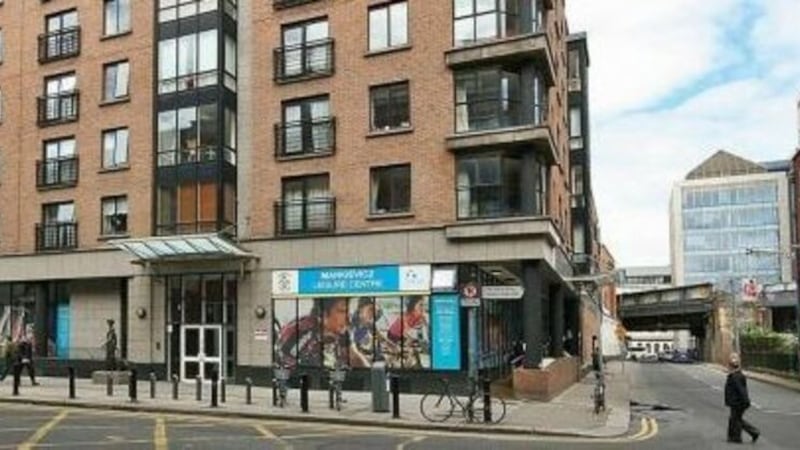
Submissions say: A large number of submissions oppose the demolition of the 70 College Gate apartments on top of the leisure centre, as well as eight Dublin City Council social homes, to accommodate the Tara Street stop. Several submissions say alternatives to demolition were not adequately considered and several submissions point to the nearby office development currently under construction on Tara Street that could instead have been used. Some College Gate owners say that in the years since it was announced their block would be demolished, the value of their homes has deteriorated, and TII should have sought to agree purchase of their properties at an earlier stage.
TII says: The demolition of the buildings was “regrettably” necessary. It did consider 11 alternative station options and different alignments, it says, but this was the best option in terms of impact on city traffic and utilities during construction. It was also safer and cheaper “and retains the opportunity for future adjacent development by others”.
TII also looked at the possibility of a “mined station” which would avoid demolition, but it would have made the apartments uninhabitable for two years due to the noise and vibration. In relation to compensation for owners, they will be invited to participate in a “discretionary scheme” at an early stage to determine the value of their properties. TII says it will fund an alternative sports and recreational facility to replace the leisure centre, but says it “does not have control over that development”.
Trinity College Dublin – disturbance
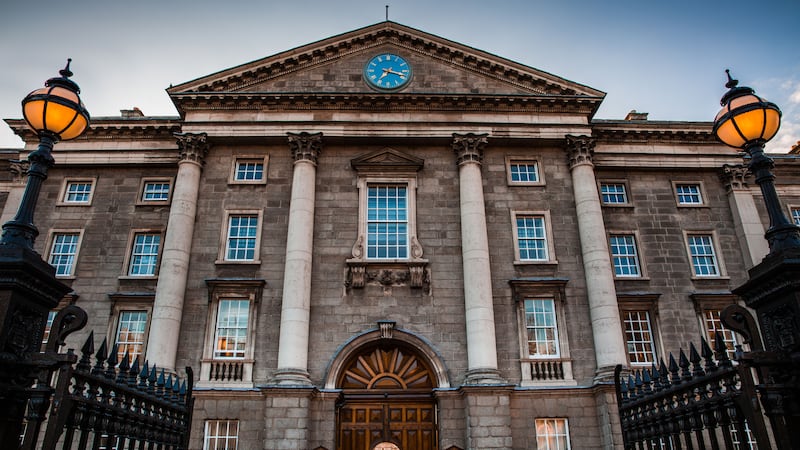
Submission says: Tunnelling under the campus and its collection of historic buildings, as well as modern structures housing sensitive equipment, would have “significant, adverse, permanent and unacceptable” effects, the Trinity College Dublin says. The alignment chosen by TII, which largely affects the eastern side of the campus, “has significant implications for the future provision, upgrade and enhancement of equipment and research programmes in the affected buildings”. It is particularly concerned by potential “ground-borne noise and vibration, and electromagnetic interference”. The mitigation measures offered by TII are “wholly inadequate”, Trinity says, and it instead wants the alignment moved further west, away from the campus.
TII says: The “vibration effects” can be mitigated using “floating track slab” in the tunnel, and electromagnetic interference can be dealt with by the installation of “active cancellation” within equipment rooms. Moving the alignment further west as proposed by TCD would require a reduced radius tunnel alignment, and in order to maintain the necessary space proofing for the safe running of trains, that would result in a local speed reduction from 80kmph to 55kmph being required. During construction, as a result of the tunnel boring machine passing under the campus, “there will be a short period” of approximately two weeks when the university’s equipment will not be able to operate due to ground-borne vibration, TII says. “TII will provide TCD with advance notice of when this is likely to be, so TCD can make the necessary arrangements to manage this temporary impact”.
St Stephen’s Green – disturbance
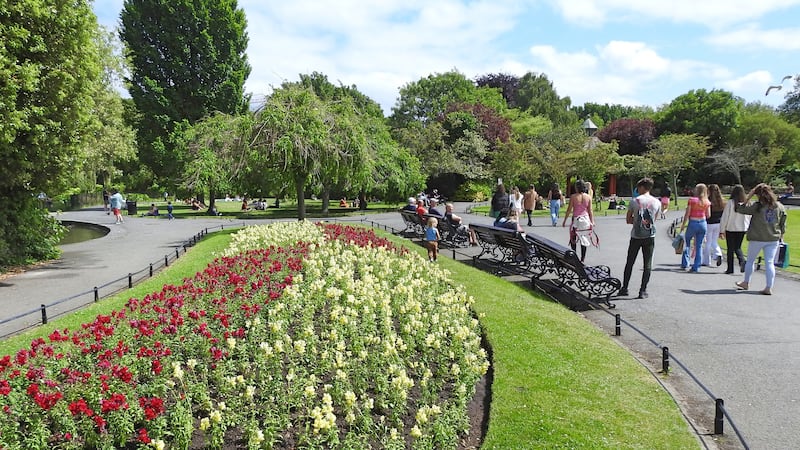
Submissions say: A significant number of submissions were received objecting to the digging up of the eastern side of St Stephen’s Green, among them from the Office of Public Works (OPW), the custodians of the park. “While the OPW supports the objective of modern Metro infrastructure for Dublin and the State, delivery of this objective cannot be at the expense of Ireland’s national heritage,” it says. TII’s station plans will “result in long-term, permanent impact on the amenity and setting of this National Monument and urban park which plays a unique role in defining the city centre core and in supporting quality of city centre life for citizens of Dublin”. The felling of 64 trees “will permanently damage one of Ireland’s favourite parks. Thus, the MetroLink, as proposed, risks fundamentally altering the special character of the Green and the changes will be visible for generations to come.”
TII says: It assessed 16 options for the station, and the eastern location was chosen as it minimises the potential impacts on the park. It “carefully considered” the impacts on the amenity “and balanced these with providing a high-quality metro system that will serve Dublin for many years to come”. The permanent footprint “is very minor and it is considered that it will not permanently damage the heritage value of the park”.
Charlemont - disturbance
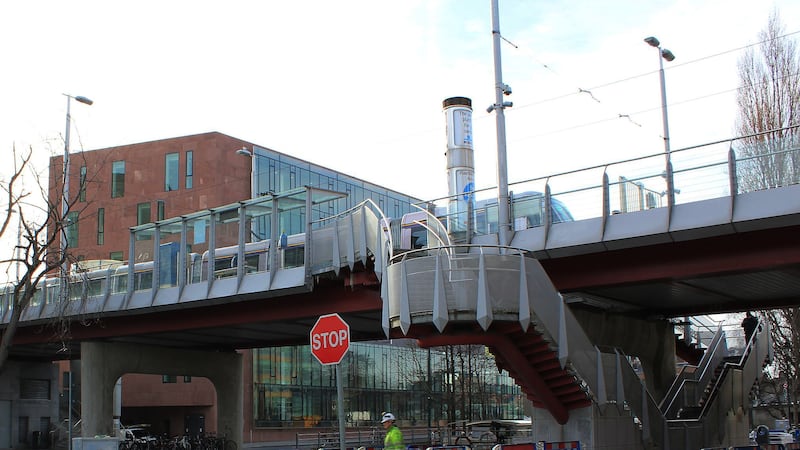
Submissions say: The largest number of submissions relate to the Charlemont stop, with many of the opinion that the line should not go to Charlemont but should terminate at St Stephen’s Green, to leave a better range of options for the eventual extension south. Local residents in the Charlemont area, particularly around Dartmouth Square, are concerned about the impact the station would have on the quiet residential area and the perceived duplication of infrastructure, given the Luas Green line already runs between St Stephen’s Green and Charlemont. Dartmouth Square West owners objected to land being acquired that would prevent access to the laneway to the rear of their houses. Dartmouth Road residents, living opposite the southern end of the station site, raised particular concerns regarding the 4m high hoarding to be positioned 1.8m from the boundary of their properties. They also objected to the temporary closure of Dartmouth Road, loss of on-street car parking, and access provision for emergency services. The properties on Dartmouth Road and to the south also highlighted concerns regarding the construction impacts of the “turnback tunnel”, which will be needed to allow the metro return north, close to or beneath them.
TII says: The Charlement station is supported by Government policy that includes consideration of the possible future upgrade of the Luas Green Line to metro, or extension of metro. It provides a short interchange distance to the Luas Green Line and it would not preclude the extension of the metro to other parts of the city in the future.

- See our new project Common Ground, Evolving Islands: Ireland & Britain
- Sign up for push alerts and have the best news, analysis and comment delivered directly to your phone
- Find The Irish Times on WhatsApp and stay up to date
- Our In The News podcast is now published daily – Find the latest episode here












